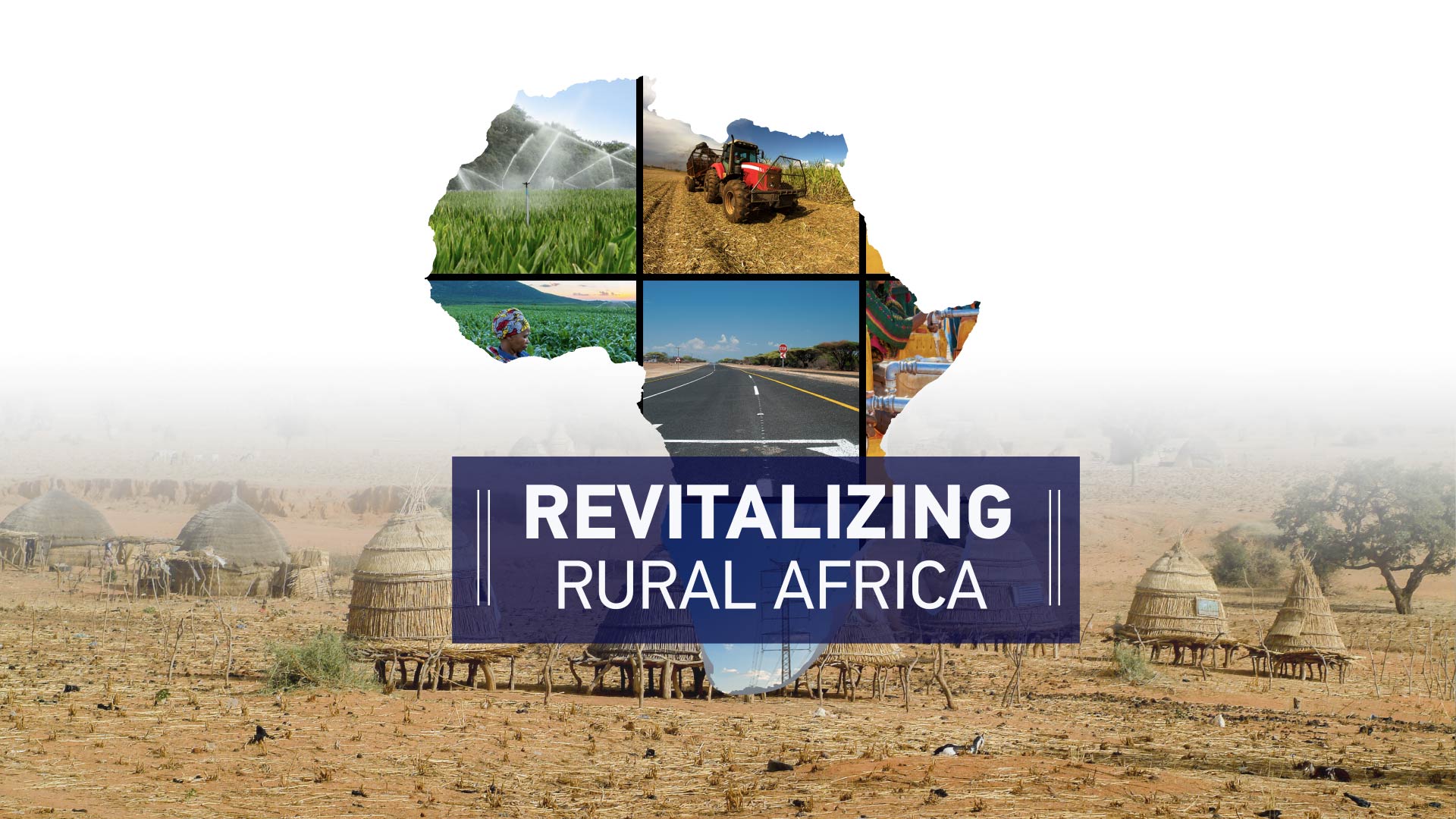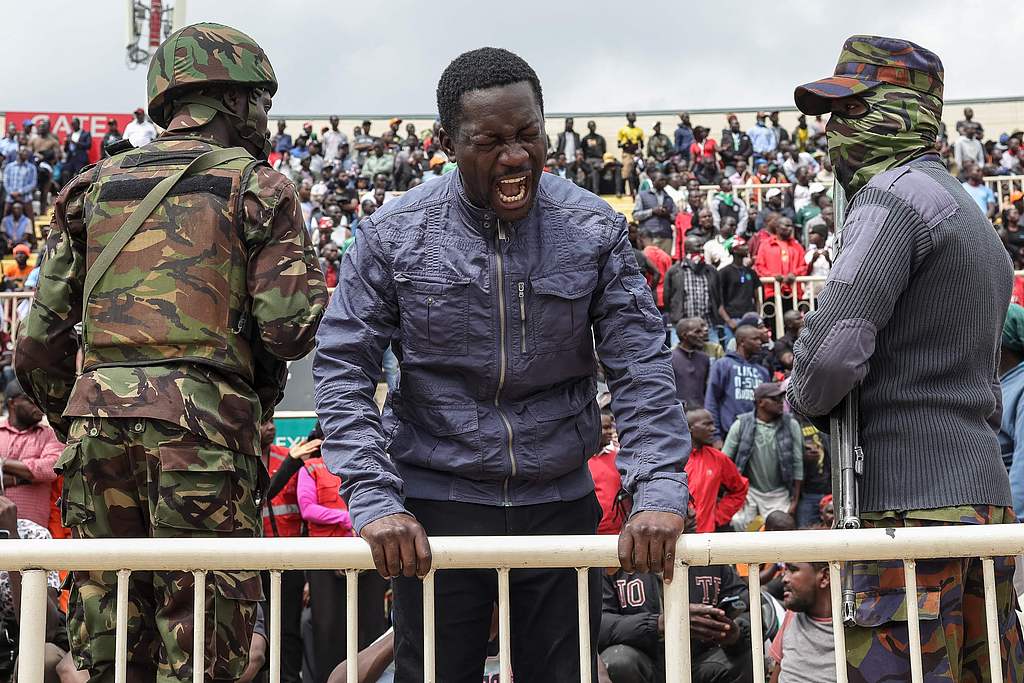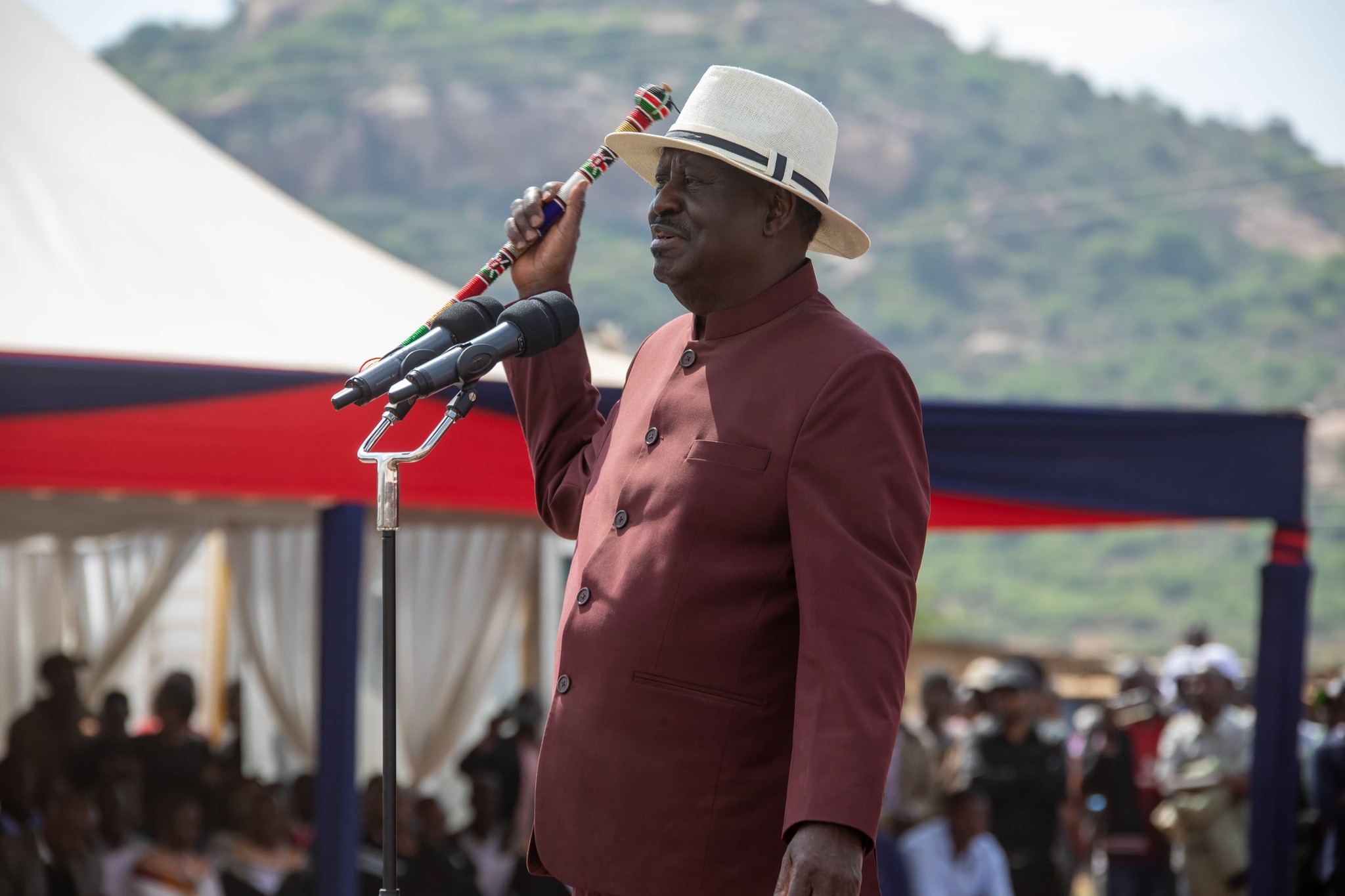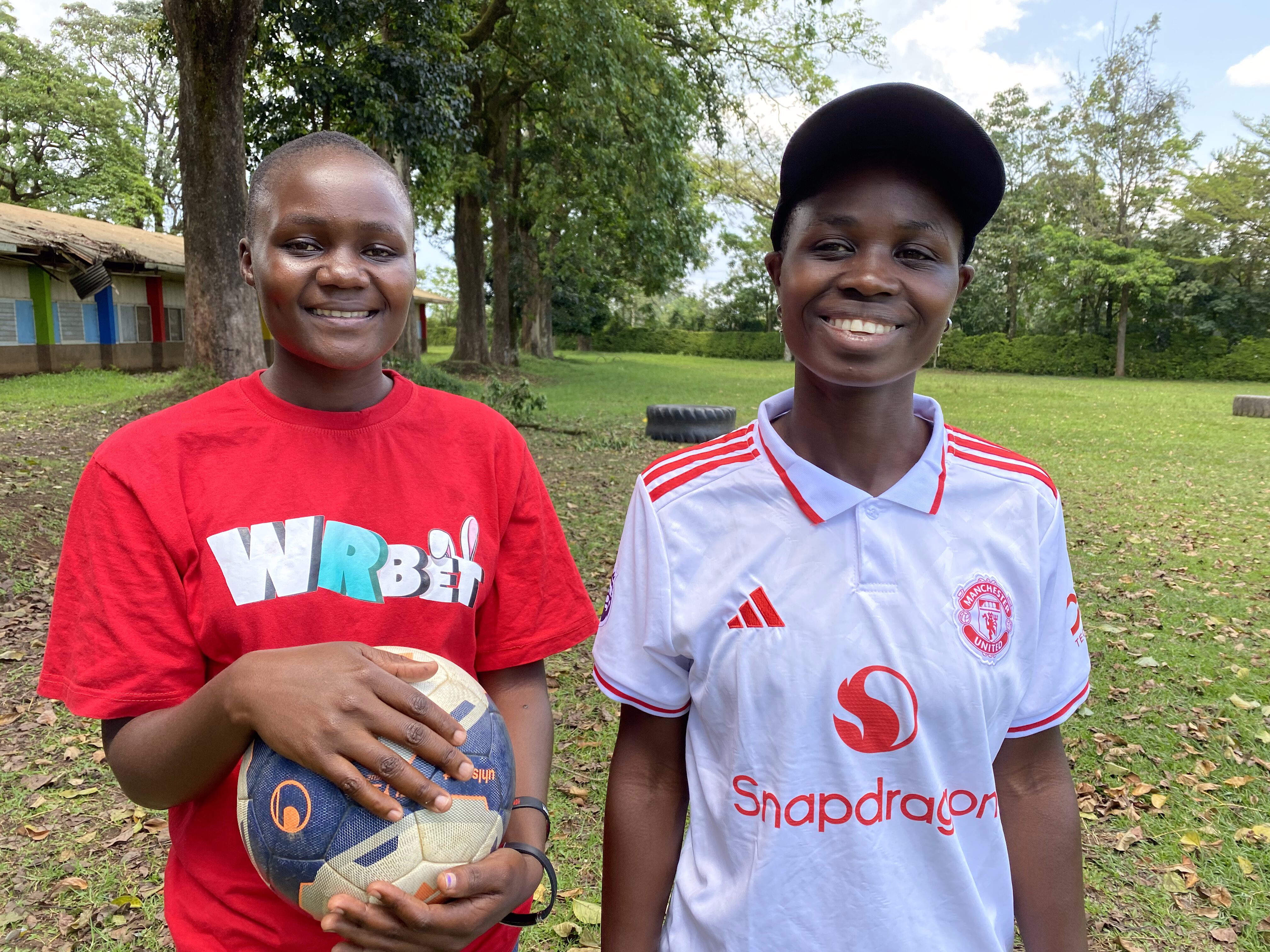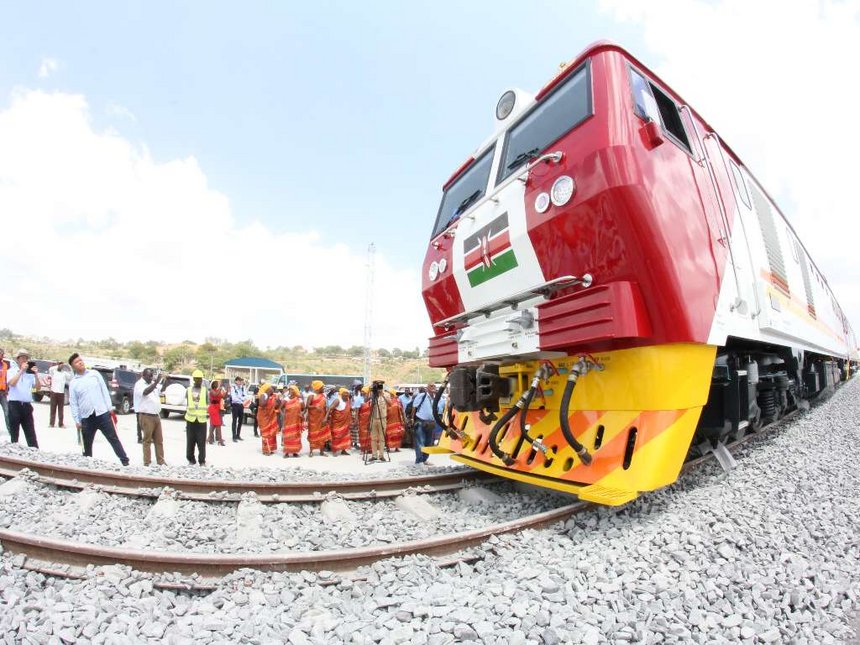
#SGRLaunch: Role of the SGR in EAC integration

According to President Uhuru Kenyatta, the SGR is destined to go beyond Kenya’s borders, into Uganda, Rwanda, Burundi and the Democratic Republic of Congo.
The railway is expected to run from Nairobi to Mombasa and eventually snake its way to Uganda, Rwanda, Burundi and South Sudan.
Other countries like Democratic Republic of Congo and Ethiopia also showed interest in linking their countries to the railway as well.
This is a project that would thus open up the countries’ borders, easing trade among them, and also making their access much easier to the regions citizens. Connection between EAC members will ultimately decrease the cost of doing business and make the bloc more attractive to trade with foreign countries as well.
Kenya’s Standard Gauge Railway (SGR), which is built to copy the most efficient railways in China, will be 609km long and will transport passengers and cargo.
Rwanda has reaffirmed its commitment to the construction of the 2,000 kilometres-Northern Corridor Standard Gauge Railway line between Kigali and Mombasa, challenging its regional partners to speed up the work.
“We are getting ready to start as Kenya does its part and Uganda engages financiers from China. We have done a feasibility study and will begin soon after finalising talks with the Exim bank and other partners,” High Commissioner to Kenya James Kimonyo said in Nairobi, during this year’s Kenya-Rwanda business forum.
At the moment, around 90-percent of goods transported in the region go by road. Central to that network is a link stretching far inland from Kenya’s coast. It’s known as the Northern Corridor and it is a challenging journey.
CGTN’s Robert Nagila is on that road and has this special report brings into perspective how the SGR will improve East African trade.



